Join the VIP Teacher Club!
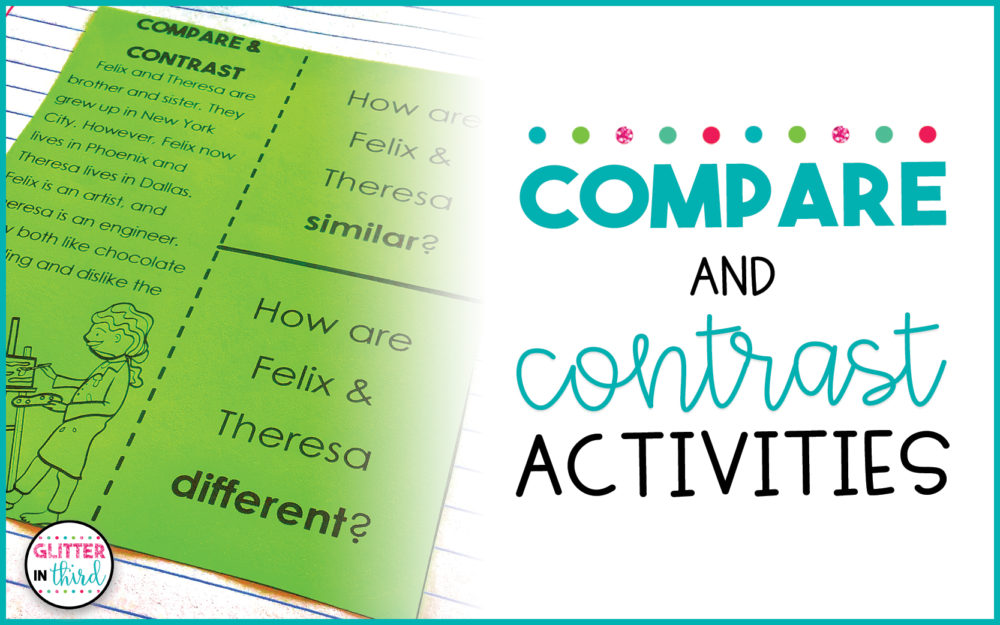
One of the best things you can do for your students when teaching your compare and contrast unit is to incorporate a wide variety of resources and activities!
Like many other teachers, one of my favorite ways to practice comparing and contrasting used to be by using graphic organizers, both digital and paper, but I also love helping teachers introduce new activities and teaching methods in their classrooms!
The purpose behind learning how to compare and contrast is to increase critical thinking skills and create well-rounded readers who can organize their thoughts, look at different ideas and viewpoints in a multitude of ways, and become confident decision-makers.
I want to show you a few different ways you can teach comparing and contrasting not only using books and passages but with a variety of real-world applications, as well!

This digital resource is perfect for introducing compare and contrast in your classroom and addresses the Common Core standards within 2nd-4th grade!
The resource includes drag-and-drop activities that focus on keywords and understanding compare and contrast vocabulary, short answer questions that incorporate reading passages, as well as Venn diagrams and t-charts to be completed with various topics to compare and contrast.
The topics are super simple to help introduce the concept to your students – dog and cat, hot dog and donut, books, characters, and even the student and teacher!
I have also included a blank and editable diamond Venn diagram, t-chart, and circle Venn diagram for you to choose your own topics or stories you’d like your students to compare and contrast!
I always loved having multiple graphic organizers available in case I could decide on the go if I wanted my students to compare and contrast in small groups, with a partner, individually, or all 3!
Practice makes perfect – snag it here!
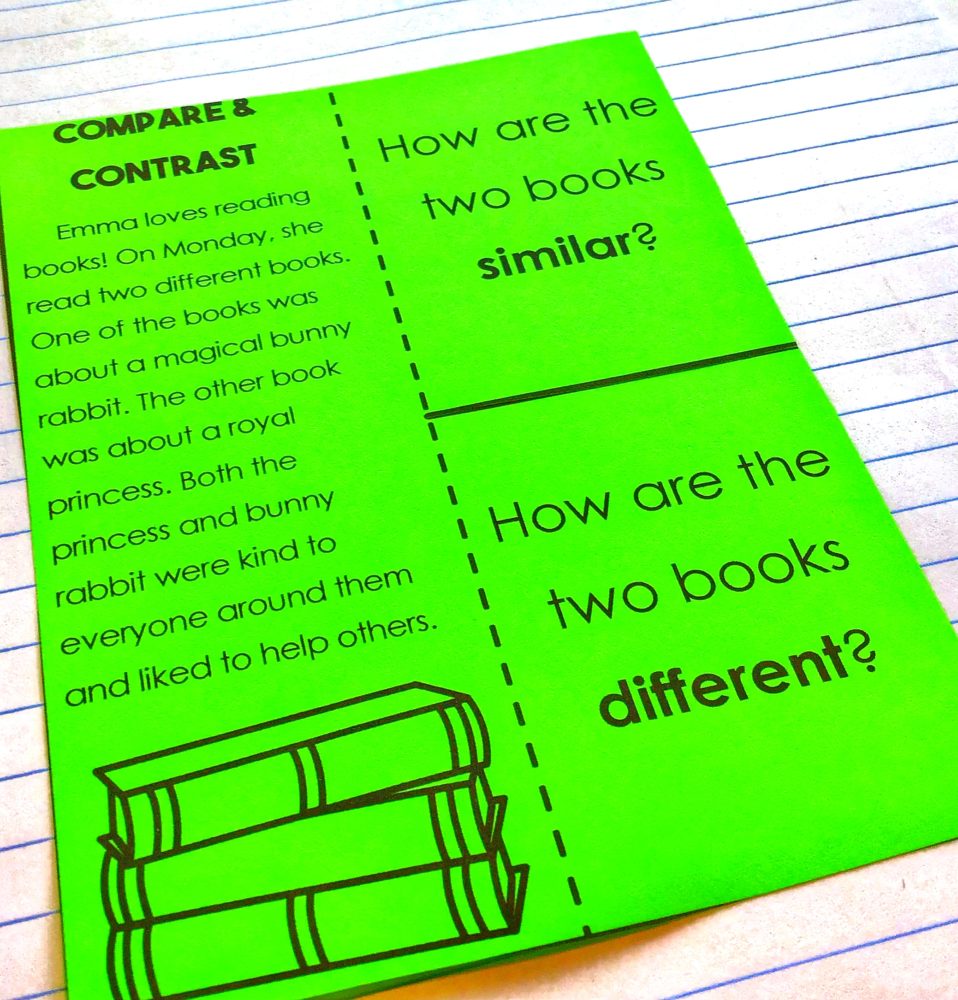
This interactive notebook is a combination of vocabulary sorting activities, given scenarios and objects to identify similarities and differences, as well as blank Venn diagrams to compare and contrast characters or events from your own text!
I definitely find kids’ critical thinking skills are broadened when they are expected to compare and contrast something from their own reading, which is why I love including blank venn diagrams in these resources!
One of my favorite activities in this notebook is the Key Word Sort Chart. It’s super important that your students know the keywords that signify comparison or contrast. It will help them immensely while they read!

There are answer keys included, 3 levels of differentiation, and is also compatible with Easel, making it possible to be converted to an interactive online resource if you prefer digital! 🙂
You can find it here!
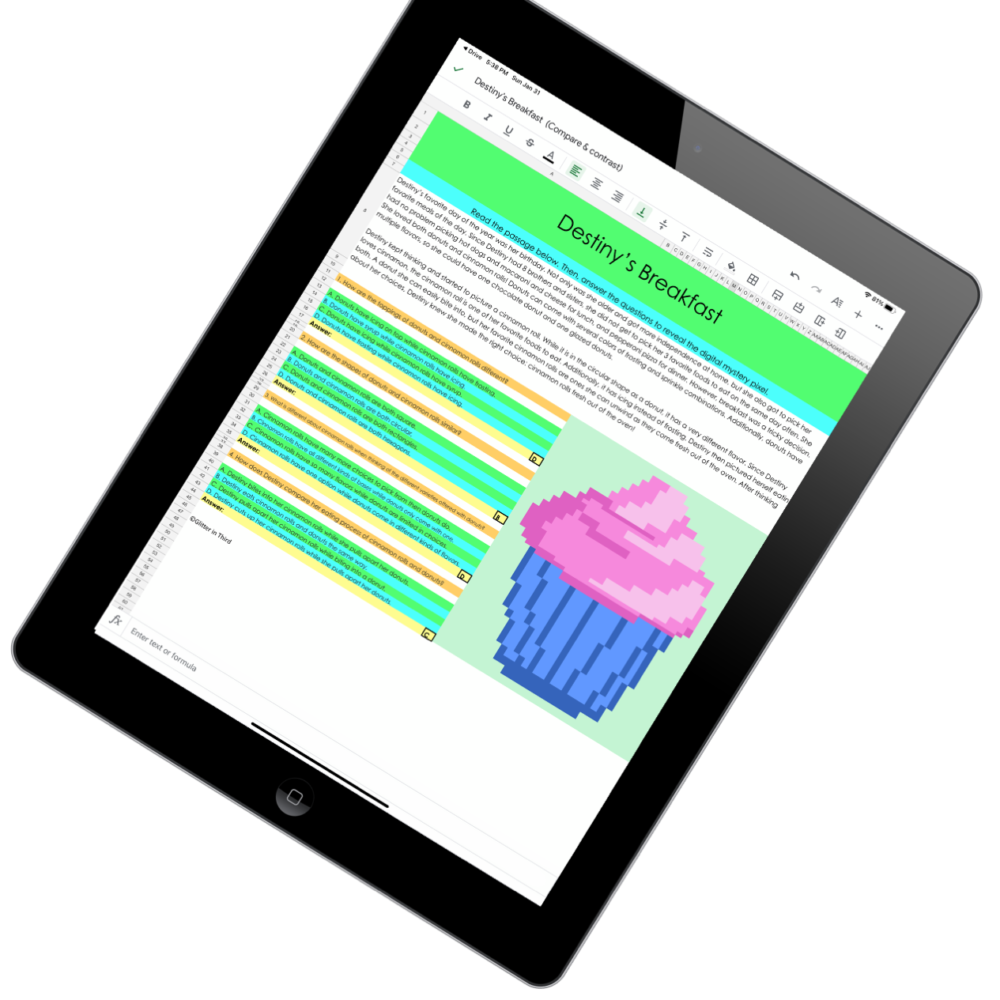
If you’ve never tried a digital mystery pixel before, you’ve GOT to get your hands on one!
In this resource, you’ll get 5 different compare and contrast digital mystery pixels containing 5 reading passages with 4 questions each. Every question that a student answers correctly displays a mystery picture to gradually appear!
The topics of these passages range anywhere from seasons and holidays to food and adventures!
Every pixel is self-grading and requires no prep on your part.
You can preview the resource on this page here!
Not sure if a digital mystery pixel is for you? Make sure to sign up below to get a FREE reading comprehension digital mystery pixel sent right to your inbox!
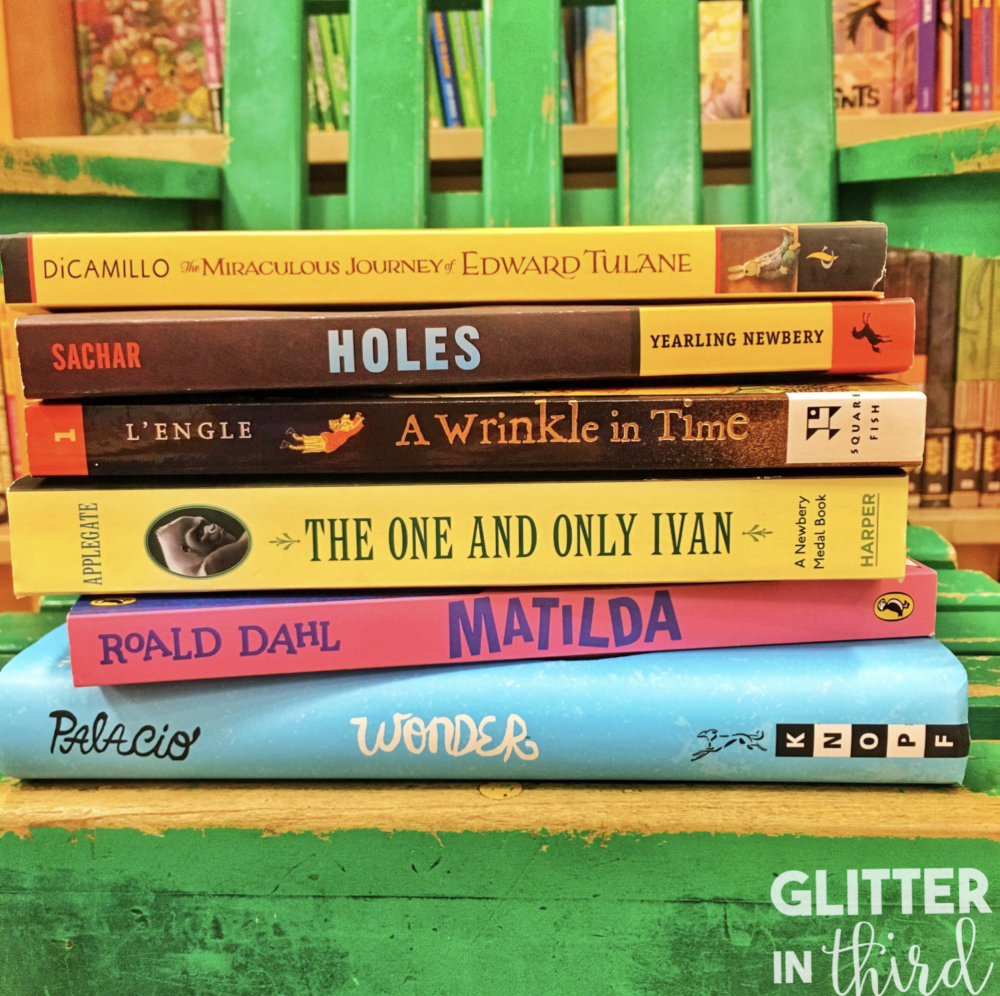
I honestly don’t necessarily love calling this activity a “book report.”
I think students hear that and they think they are totally old school.
But, little do they know that there are so many stories out there that provide amazing lessons, morals, and strong characters to resonate with.
When you’re first beginning comparing and contrasting and looking for keywords, start with fairy tales or short stories that your students are super familiar with.
Then, gradually move to chapter books and texts that will create discussion within the class.
You can also do this with movies as well as authors!
As a class, read 2 books by the same author.
Compare and contrast the characters, plot, setting, etc.
I also loved doing this with a series. It’s super cool for students to see how a character evolves throughout a series, or even just from one story to another!
Here are few series your students may enjoy reading to compare and contrast the characters and events from book to book (Amazon Affiliate links below!)
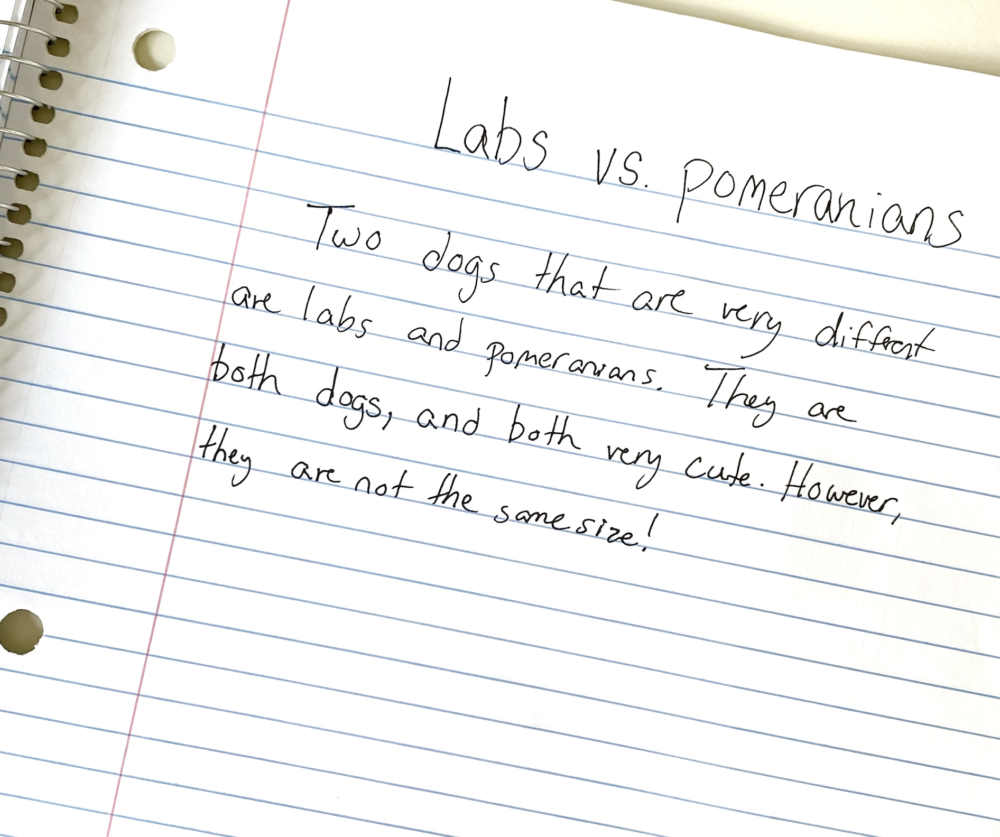
I will always stand by my opinion in saying that better writers, make better readers!
Once your students have built a foundation of compare and contrast, you can build upon those skills by incorporating expository or persuasive writing.
You can always assign each student a topic, but I always believe if you’re looking for a students’ best work, let them choose their own!
They could choose to write about animals – comparing and contrasting different breeds but of the same animal or habitats of amphibians versus reptiles.
They could also write persuasively and compare and contrast owning a dog as a pet versus owning a cat.
Of course to make it a compare and contrast lesson, they must include similarities and differences, but it’s okay to have their opinion shine through. 🙂
Comparing and contrasting is so easy to do with any subject area.
This can definitely tie into the writing activity, but consider incorporating different subjects for students to compare and contrast.
For example, maybe you have a student super interested in physical education.
Have them research running versus weight training. How do the exercises compare? How does it differ? And they can learn more about the benefits of each.
You could also incorporate geography.
Comparing and contrasting areas with mountain ranges versus beaches. Is the weather the same at all? What kinds of vegetation is there?
The whole idea behind comparing and contrasting is to take in as much information as possible.
The more we practice this with our students, the better critical thinkers and well-rounded individuals we will produce! 🙂
I encourage you to get creative with your compare and contrast unit!
Build a foundation with any or all of the resources I’ve provided you with here, and then you can start exploring with the literature, writing, and research activities! Enjoy!
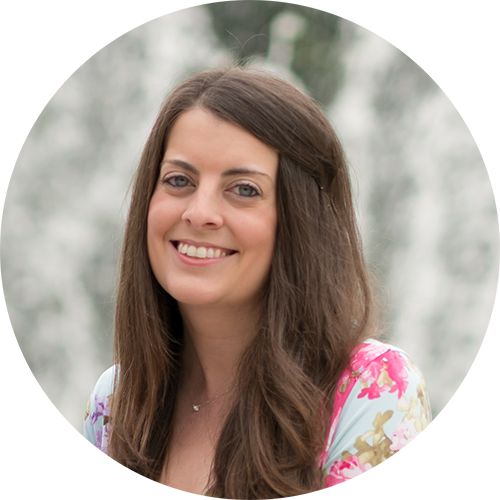
Hey there, I’m Kelly! I I love helping teachers save time with technology and resources so they have more hours in the day to spend with family and friends. Take a look around to find new ideas that you can implement in your classroom today!